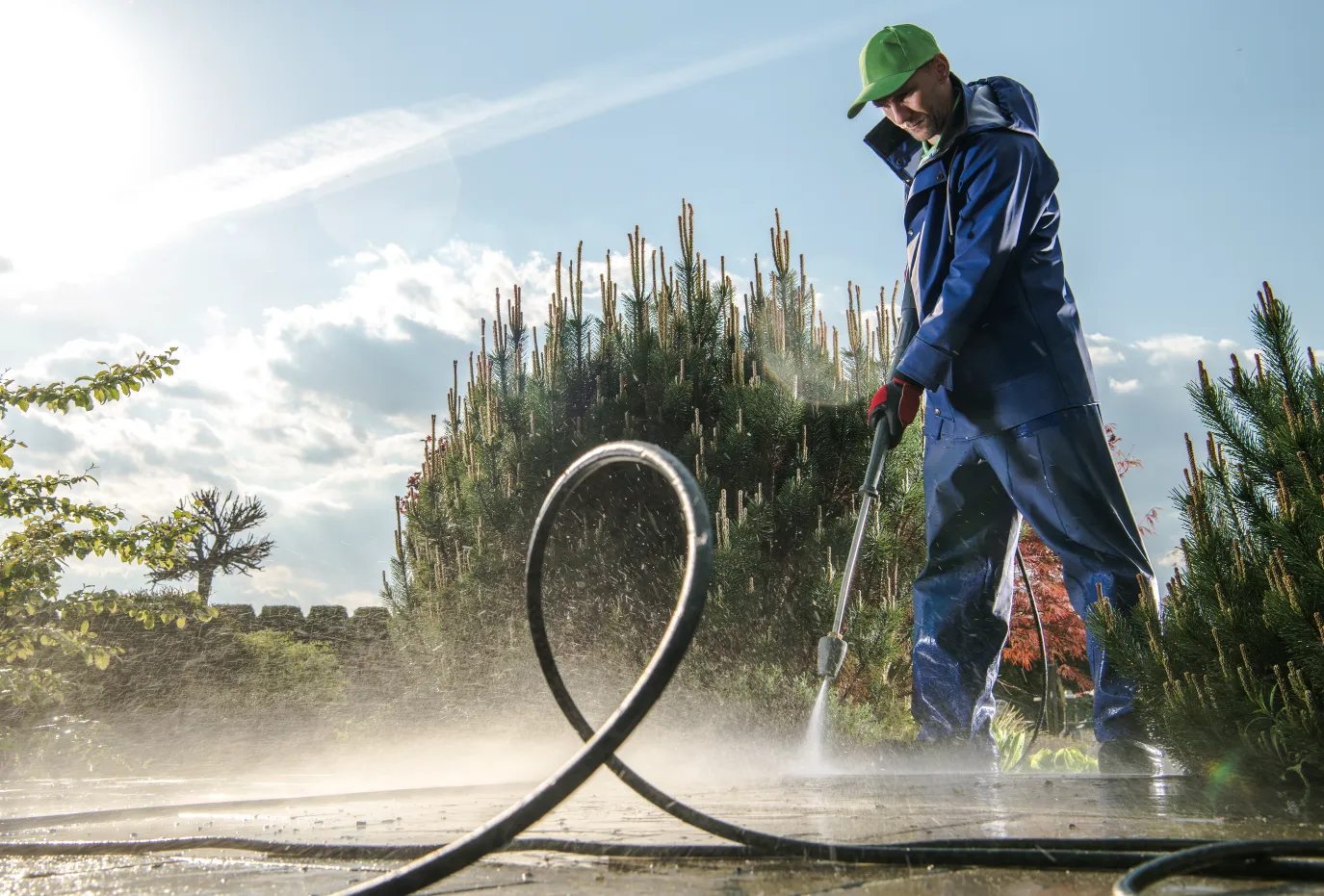How to Clean Up Calcium Chloride Brine on Concrete Floors in Long Island, Brooklyn, and Queens
Calcium chloride brine is commonly used to de-ice roads and sidewalks during winter. However, when this brine ends up on your concrete floors, it can leave behind unsightly stains, potentially damaging the surface over time. For concrete surfaces in Long Island, Brooklyn, and Queens, knowing how to properly clean up calcium chloride brine is essential to maintaining the appearance and durability of your concrete.
In this comprehensive guide, we’ll walk you through a step-by-step process for cleaning calcium chloride brine off your concrete floors and preventing long-term damage.
Why Cleaning Calcium Chloride Brine Off Concrete Matters
Calcium chloride is highly effective for melting ice, but when left on concrete, it can attract moisture, leading to stains and potentially contributing to freeze-thaw cycles that cause spalling. Concrete surfaces in coastal areas like Long Island, Brooklyn, and Queens are already exposed to salty air, making it even more important to clean up de-icing chemicals before they penetrate the surface.
Ignoring calcium chloride brine on concrete can lead to:
- White, powdery stains called efflorescence.
- Surface scaling and spalling due to moisture retention.
- Aesthetic damage to polished or finished concrete.
Step-by-Step Guide to Cleaning Calcium Chloride Brine from Concrete
Step 1: Remove Loose Debris
Before tackling the calcium chloride, start by sweeping the area. Use a broom to remove any loose dirt, dust, or debris. This ensures that the calcium chloride brine is the only thing left on the surface, allowing for a more efficient clean-up.
Step 2: Prepare a Cleaning Solution
To break down the calcium chloride effectively, you’ll need a simple cleaning solution. You can either buy a commercial concrete cleaner or make your own using common household items.
DIY Cleaning Solution:
- Mix 1 part white vinegar with 2 parts warm water.
- Or, mix ½ cup of baking soda with a gallon of water for a more alkaline solution.
This mixture helps neutralize the calcium chloride while loosening its bond to the concrete.
Step 3: Apply the Cleaning Solution
Pour or spray the solution directly onto the affected areas of the concrete floor . Make sure to cover all the spots where you see calcium chloride residue, including any white, powdery marks or areas where moisture has pooled.
Step 4: Scrub the Concrete Surface
Using a stiff-bristle brush or a push broom, scrub the concrete thoroughly. Focus on areas where the calcium chloride is most concentrated. For large areas or tough stains, you may need to repeat the scrubbing process multiple times to ensure that the calcium chloride is lifted from the surface.
Step 5: Rinse with Clean Water
Once the area has been scrubbed, rinse the concrete with clean, warm water. This removes any remaining calcium chloride and vinegar residue. For outdoor concrete surfaces, such as driveways or sidewalks in Long Island, Brooklyn, or Queens, using a hose or pressure washer can help ensure a thorough rinse.
Step 6: Dry the Surface
After rinsing, dry the surface using towels or allow it to air-dry. Make sure the surface is completely dry, as leftover moisture can attract more calcium chloride or cause damage to the concrete.
Preventing Calcium Chloride Damage on Concrete
Concrete surfaces in regions like Long Island, Brooklyn, and Queens are already exposed to environmental elements like saltwater and de-icing chemicals. Here are a few tips to prevent calcium chloride brine from damaging your concrete floors:
- Seal Your Concrete: Applying a quality concrete sealer provides a protective layer that resists moisture and reduces the risk of spalling and scaling. Sealing is especially important for outdoor concrete surfaces in coastal areas.
- Regular Maintenance: Sweep and rinse your concrete regularly to remove any traces of salt, dirt, or brine that may have accumulated. Regular upkeep helps keep your concrete in good condition and prevents the need for deep cleaning.
- Avoid Excessive De-Icing Salt Use: While calcium chloride is effective for melting ice, using it sparingly on concrete will reduce its impact. Consider using alternatives like sand for traction or eco-friendly de-icing products that are less harmful to concrete surfaces.
How to Clean Up Calcium Chloride Brine Off Concrete: Final Thoughts
Properly cleaning calcium chloride brine from concrete floors is essential to maintaining the integrity and appearance of your surfaces, especially in areas like Long Island, Brooklyn, and Queens, where environmental exposure is a concern. By following this step-by-step guide, you can effectively remove calcium chloride from your concrete and prevent long-term damage.
If your concrete surfaces have already suffered from spalling, cracks, or other damage due to calcium chloride or weather exposure, contact The Mudjacking Contractor for professional concrete repair services. We specialize in restoring concrete surfaces in the Long Island, Brooklyn, and Queens areas, ensuring they remain durable and safe.

